Panasonic Lumix DMC-TZ5
-
-
Written by Gordon Laing
Panasonic Lumix DMC-TZ5 versus Fujifilm FinePix F30 real-life noise
Panasonic Lumix DMC-TZ5 results
 |
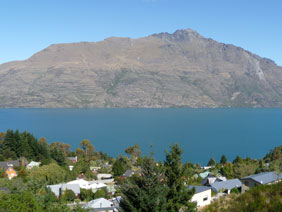 | To compare noise levels under real-life conditions we shot this scene with the Panasonic Lumix DMC-TZ5 and the Fujifilm FinePix F30 within a few moments of each other using each of their ISO settings in Auto modes. The lenses on each camera were adjusted to deliver the same field of view. The image left was taken with the Panasonic Lumix DMC-TZ5 at 7 mm f3.9 and with a sensitivity of 100 ISO; the original JPEG measured 4.15 MB. The crops are taken from an area just below and to the left of the centre and presented here at 100%. |
We’ve compared the Lumix TZ5 against the Fujifilm FinePix F30 below – the F30 is an older model, but remains a benchmark in compact performance, so it’s interesting to see how newer models measure-up. Note, with 50% more Megapixels than the F30, the TZ5’s crops show a smaller area.
As with its predecessor and so many compacts these days, the Lumix TZ5 is best-used at its lowest sensitivity of 100 ISO, and even then there’s noise and processing artefacts if you’re looking for them. At 200 ISO, there’s a softening to the entire image due to processing which begins to smear out the finest details. At 400 ISO, there’s a further drop in quality, but the big fall is at 800 ISO where noise and processing artefacts have greatly reduced the detail.
Interestingly, Panasonic’s dropped its unusual 1250 ISO setting with the TZ5 jumping instead to 1600 ISO, although at this point the image is looking pretty poor when examined at 100%. Likewise for the High Sensitivity preset which reduces the resolution to 3 Megapixels and applies so much processing that it looks not unlike an impressionist painting.
So once again the TZ5, like most compacts, will disappoint beyond 100 ISO for anyone who likes to examine images on-screen at 100% or make big prints. Luckily effective image stabilisation will allow you to keep the TZ5 at 100 ISO for most situations. If you’re less critical or making smaller prints, then the TZ5 is acceptable up to 400 ISO, although 800 and 1600 ISO are best kept for emergency use only.
Some relief can be found in the fact the increase in resolution over its predecessor has at least not resulted in worse noise performance, although it equally hasn’t resulted in a great deal of additional real-life detail. It’s also revealing to compare the TZ5 against the Fujifilm F30 which may also suffer from artefacts at higher sensitivities, but arguably delivers finer detail at the lower sensitivities.
Now for more real-life examples across its sensitivity range including darker indoor images, check out our Panasonic Lumix TZ5 sample images page. Note to see the same results page for its predecessor (albeit obviously taken on a different day), see our Panasonic Lumix TZ3 noise results page.
Panasonic Lumix DMC-TZ5 |
Fujifilm FinePix F30 | |
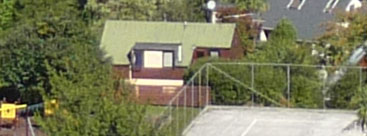 |
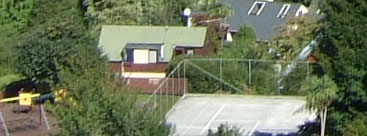 | |
100 ISO |
100 ISO | |
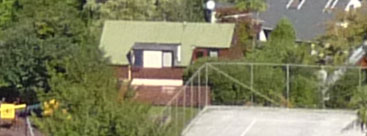 |
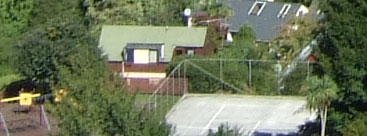 | |
200 ISO |
200 ISO | |
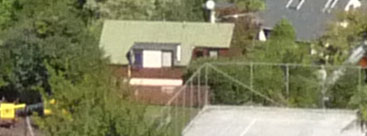 |
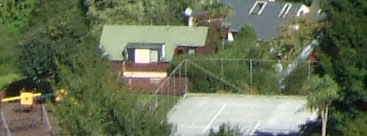 | |
400 ISO |
400 ISO | |
 |
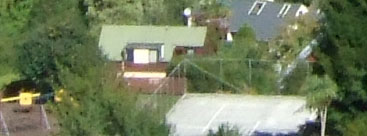 | |
800 ISO |
800 ISO | |
 |
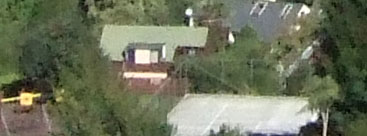 | |
1600 ISO |
1600 ISO | |
 |
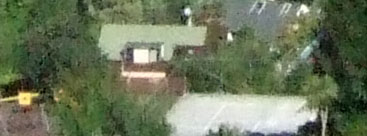 | |
High Sensitivity (1600 ISO here, scaled from 3 Megapixels) |
3200 ISO |




